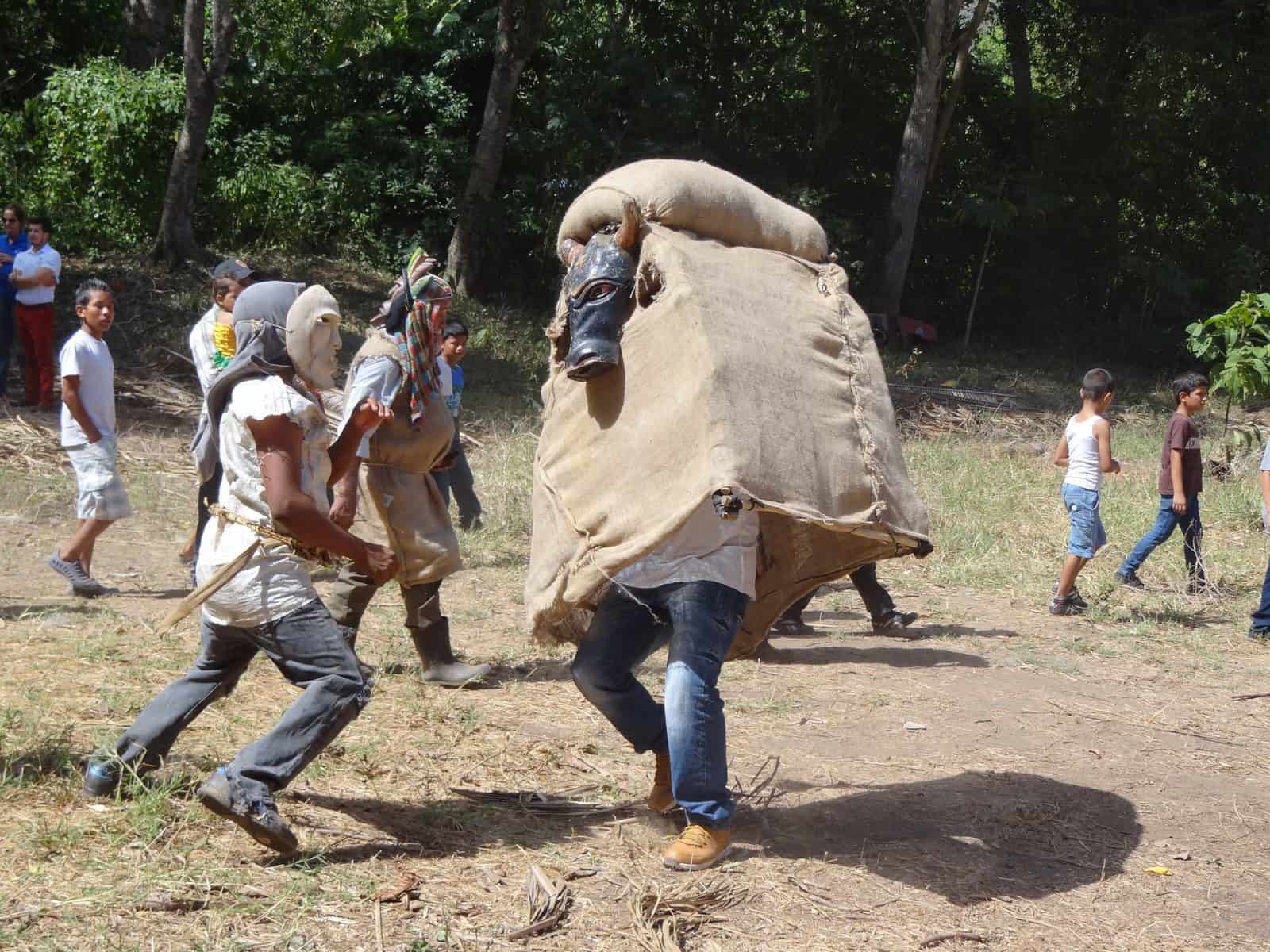I first came to Costa Rica in the fall of 1969 (gasp!). I had just completed my undergraduate degree in Mexico and I was enjoying a window of time before I had to deal with the Selective Service. The plan was to travel by bus as far south as my money would take me (Bolivia, as it turned out).
My field of study had been cultural anthropology and I had done some field work in rural areas, so I was interested in learning about the practices of indigenous peoples and peasant populations in each country that I visited. When I asked about native populations here, I was told something along the lines of, “There were only six of them here when the Spanish arrived, and they didn’t like the way the neighborhood was going, so they moved to France.” Well, that may be hyperbole, but the message was clear: No Mesoamericans here in Costa Rica, just us Europeans.
I had no way of knowing it at the time, but that was my first encounter with what Costa Rican historians call “The White Legend:” the belief that Costa Rica is (and should continue to be) white and European. The institutionalized denial inherent in this myth even formed the basis for important government policies. The legend is alive and well today, although weakened by better information and assertive minorities.
One unfortunate result of this ideology has been the consistent discounting of rich oral traditions. Traditional Tico practices originated from many sources including Europe, but also Amerindian cultures; Spanish colonial heritage; African-Caribbean influences and Asian immigrant customs. Many people would add the U.S. and modern Latin America to this list. Once adopted, they evolved, blended, and became entirely Costa Rican.
The colorful manifestations of this rich folk culture are too numerous to list, but some particularly intriguing examples include:
La Yegüita
This complex festival blends the Catholic veneration of the Virgen of Guadalupe with a Chorotega Indian legend about a black mare, seen as an intervention of the Virgen, stopping a mortal fight between twin brothers in 1653. The celebration takes place in Nicoya, Guanacaste, on December 12.
La Nigüenta
A folk figurine and industrial-strength good luck charm (agüizote) that was once found in almost every Tico household. The figure is of a small naked girl picking parasites out of her toes. La Nigüenta is unique to Costa Rica and is an enigmatic and compelling cultural motif.
El Juego de los Diablitos –
The indigenous Brunkas of the coastal Southern Zone perform this elaborate enactment of their history and cultural lore in two locations every year: the indigenous reserves of Boruca and Curré. It is a dramatic and elaborate three-day event with exotic wooden masks, costumes and music.
In addition to the above cited examples, there are numerous fiestas patronales (town celebrations); Holy Week reenactments replete with Roman legions; topes, the impressive horse parades; Tico-style toros; cabalgatas (horseback excursions); boyeros (oxcart displays); and many more culturally significant events.
Costa Rica is well known for its eco-tourism, sandy beaches, surfing, adventure activities, bird watching and lovely climate. It’s time to jettison The White Legend and adopt an appreciation of the full cultural landscape: Costa Rica has its own rich mosaic of folk culture.
Jack Donnelly | Special to The Tico Times







